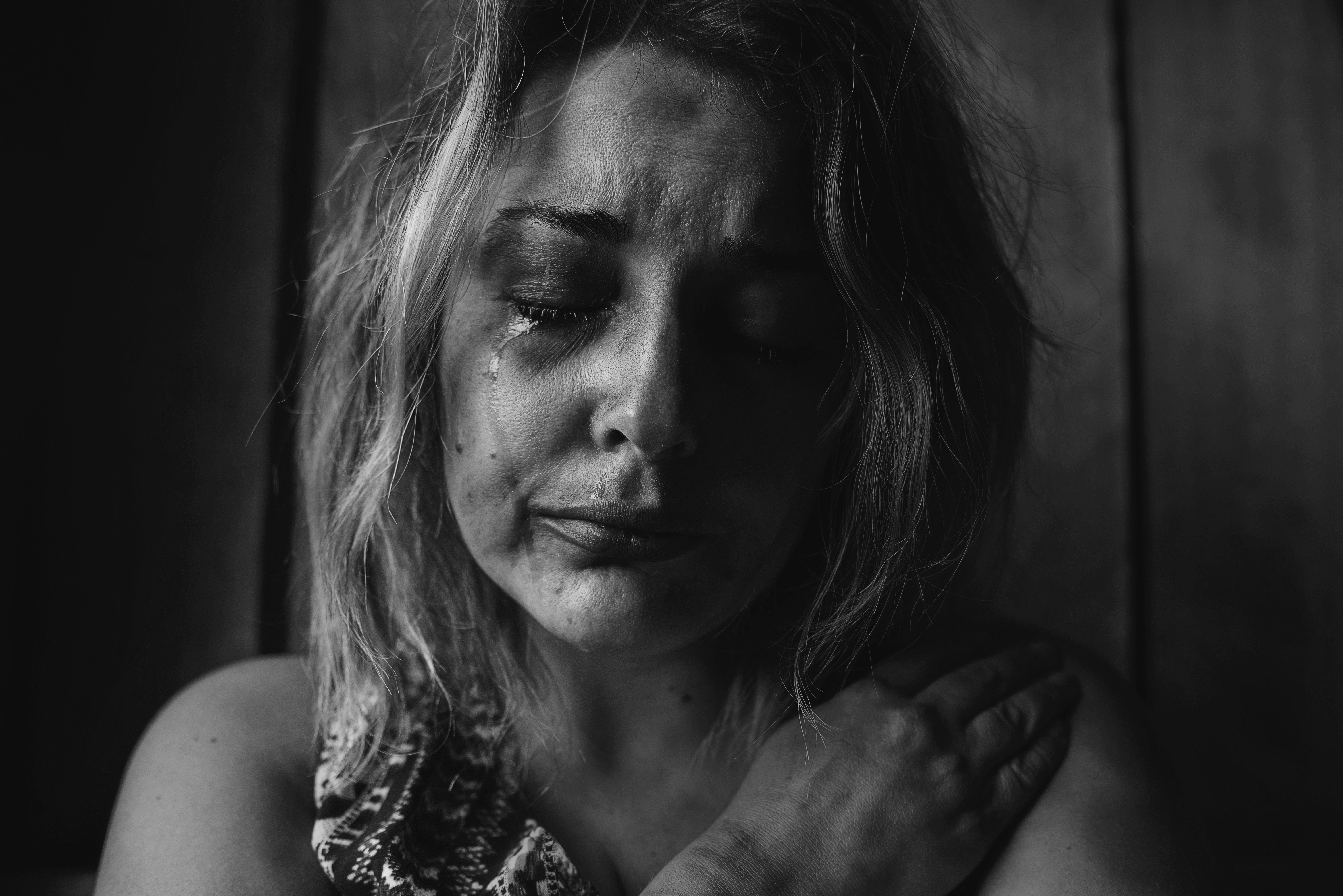Domestic abuse is a very damaging type of abuse due to the fact it causes physical and mental harm to the survivor. It can range from threatening statements to beating someone to death.
The month of October is National Domestic Abuse Awareness Month. This helps bring attention to the signs and the effects of domestic violence in society.
It is important to remember that domestic violence encompasses physical, mental and sexual abuse. Domestic abuse can occur with anyone of any gender, ethnicity, social class and age.
Physical abuse in partners is defined as using physical force to try and gain power and control over another person.
Every 20 minutes in the United States someone is physically abused by a significant other. Statistics show that 1 in 3 women and 1 in 4 men have experienced physical abuse by a partner.
Physical abuse can take many forms. These forms can be hitting, kicking and choking, threatening you if you try and call for help or seek medical attention and driving recklessly with you in the car, among other forms of physical and psychological violence.
There are many more things they can do to try to physically gain control. It is important to remember that physical abuse can look different than how it is portrayed in the media. No matter how big or small it may seem all levels of physical abuse can be scary and damaging to the survivor.
Emotional abuse can be defined as a person continually using tactics to cause psychological damage to someone. This may include name-calling, gaslighting, tracking or demanding to know what you are doing and with who, isolation and continually telling you that you will never find someone better.
Related Articles:
This type of abuse is also reliant on gaining control and can cause the survivors to feel insecure in many aspects of their lives. It is common for the abuser to threaten physical abuse to continue to gain fear and control. When it comes to emotional abuse it can cause mental health issues like PTSD and depression.
Studies have shown that 7 out of 10 women display symptoms of PTSD and/or depression after being in an emotionally abusive relationship. It is important to remember that men can experience emotional abuse also.
Sexual abuse is described as being forced to engage in unwanted sexual behavior. This type of abuse is most often associated with rape. However, sexual assault can be many things such as being sexually touched or being forced to physically touch another person, being forced to dress in a provocative way and purposely attempting to pass an STD onto you. This type of abuse often leaves lasting trauma in survivors.
Sexual coercion is a subcategory of sexual abuse. Sexual coercion is the act of persuading or edging someone to engage in sexual behavior. This can include a significant other making you feel as if you owe it to them to engage in sexual activities.
They may do this by making comments on how you are in a relationship or how they have spent money on you. Sexual coercion is also the act of using alcohol or drugs to “loosen” someone up. They may also make you feel bad for not engaging in sexual acts.
(ADECAgov/YouTube)
Reproductive coercion is the act of controlling one’s reproductive system. This type of abuse may be tricky to identify because other types of abuse are usually also happening. This type of abuse occurs in many ways such as lying about having a vasectomy or taking birth control.
They may also refuse to take birth control or wear a condom. Wearing a condom at the beginning of intercourse then removing it without partners’ knowledge is another way this abuse works. Just like all the other types of abuse, control and power are often present. So if a woman becomes pregnant, the partner may force the choice of whether she carries the baby or has an abortion.
Abuse is a choice. When the abuser is engaging in abusive behavior it is a deliberate choice to try and gain power and control. They want to prove their dominance and feel in control. Causing humiliation in survivors lowers self-esteem making it harder to leave. They also make you feel like you’re in isolation, so you feel you have nowhere safe to go. This, however, is untrue.
The YWCA is an organization located across the United States to help empower women. They are located at 141 W. Third St., and their phone number is 937-461-5550.
I went down there to interview Ryhan Hoskins who is a crisis support specialist. Upon interviewing we talked about what lead her to this career.
“I had this young man I just could not get through to. Then one day he looked at me and asked me, ‘What would you do if somebody was beating your mother?’ and this sparked my interest in domestic abuse because what would I do.”
We talked about the sexual violence program they have which offers support groups and assistance with navigating the legal system. They also have a domestic violence program and they offer short-term counseling, assistance filing a protection order and their shelter program. Both sexual violence and domestic violence programs have crisis hotline (937-222-SAFE).
Domestic abuse is a problem and that’s why the month of October is National Domestic Abuse Awareness month. Remembering that you do not have to stay in a toxic or unsafe situation is the first step in getting help.
Ashley Brown
Reporter

